At the end of our trip to Antarctica for Visionary Wild, I told Claudia that the thing I was going to miss most was seeing penguins every day. It seemed strange to be heading back to a world without penguins, since they had been a daily part of our lives for two weeks.
And penguins are so much fun to watch. While supremely graceful in water, they’re awkward on land. Yet every day many penguins climb and descend from their nests on slopes so steep they would intimidate most humans. They fall all the time, but always seem to bounce back up and keep going. They’re determined and dedicated parents; they have to be to thrive and reproduce in this harsh environment. And they’re feisty. They won’t tolerate other penguins getting too close to their nest, or intruding on their space.
And somehow all of that is endearing. As Claudia said, they’re so earnest in everything they do. They’re seemingly unfazed by the daily challenges that they face, and go about their business as best they can, putting one webbed foot in front of the other. And their behaviors are quirky and entertaining – gathering rocks to add to their nests, stealing rocks from other nests, plus various calls and displays. In chinstrap penguin colonies, adults would frequently throw their heads back, point their beaks to the sky, flap their flippers, and make their croaking call. (I think this is called an “ecstatic” display.) And this could be contagious, where one chinstrap would do it, then another, and another, and soon every adult in the neighborhood would be doing it.
We saw other birds that could actually fly, like skuas, giant petrels, kelp gulls, Antarctic terns, and cormorants (or “shags,” as some of our British crew members called them).
Then there are the Antarctic fur seals. We saw five different species of seals in Antarctica: Weddell, crabeater, leopard, southern elephant, and Antarctic fur. We saw most of those seals resting on ice floes or rocks. Our crew called them “sausages,” because that’s what they look like, plus they’re usually about as active as sausages.
But fur seals are much more agile and active on land than the other seals we saw. And they’re playful. As earnest as the penguins were, the fur seals were the opposite, needing little excuse to chase each other and play-fight. Of course it was mostly juveniles that were playing, but we saw an adult join in as well. And even when resting the fur seals exhibited lots of personality. Watching them was highly entertaining.
You do have to be cautious around fur seals, because sometimes they’ll chase people – and they’re faster than you think. We didn’t see fur seals chase anyone, but kept a respectful distance.
In addition to the penguins and seals, we saw lots of humpback whales – way more than we could possibly count. And on our last day, as we were motoring toward King George Island, our second mate, Joanne, spotted an orca. She turned the ship immediately, and we ended up following a pod of four or five orcas for an hour or so. A great send off on our way home.
It’s amazing that so many animals thrive in this harsh, cold environment, but it’s all due to an abundant food supply in the form of krill. Krill are small, shrimp-like crustaceans. In Antarctica they’re the a main food supply for penguins, many other birds, crabeater seals (which don’t actually eat crabs), and humpback whales. And some of these species are, in turn, preyed upon by leopard seals and orcas.
Krill feed on phytoplankton, microscopic algae that grow in the nutrient-rich waters around Antarctica. The cold waters sink, creating a cycle that pushes nutrients to the surface, feeding the phytoplankton, which feed the krill, which feed almost everything else. So while there aren’t many different species of animals in Antarctica, the ones that have adapted to this environment have a rich source of food from the sea, and can often be found in great numbers. A chinstrap penguin colony on Deception Island has an estimated 100,000 breeding pairs.
Antarctic krill are so abundant in the areas we visited that our crew could see vast swarms of them on the ship’s sonar. And where we found thick schools of krill, we always saw humpback whales, drawn to this rich source of food.
I loved the icy, mountainous, glacier-covered landscapes of Antarctica, but watching penguins, fur seals, and whales made the experience even richer. I’ve included some of my favorite wildlife photos from our trip to Antarctica below, and here’s a video Claudia and I put together showing Antarctic wildlife. Claudia captured most of the footage; all of it was made with an iPhone 15 or 16:
— Michael Frye
P.S. I can’t wait to go back next year! I’ll be joining Visionary Wild founder Justin Black for another trip to Antarctica next January. I loved the flexibility we had aboard the Hans Hansson to focus on the best photographic opportunities, with our small group taking over the whole ship, and I’m looking forward to doing it again with another enthusiastic group of photographers next year.
And if you like icebergs and spectacular landscapes, I’ll be co-leading another trip for Visionary Wild to Greenland this September, with Jerry Dodrill and Chris Linder as co-instructors. I’m really looking forward to that trip as well; I’m sure will be an unforgettable experience! There are still a few spots available, so I hope you can join us.
Related Posts: My First 36 Hours in Antarctica; One Day in Antarctica
Michael Frye is a professional photographer specializing in landscapes and nature. He lives near Yosemite National Park in California, but travels extensively to photograph natural landscapes in the American West and throughout the world.
Michael uses light, weather, and design to make photographs that capture the mood of the landscape, and convey the beauty, power, and mystery of nature. His work has received numerous awards, including the North American Nature Photography Association’s 2023 award for Fine Art in Nature Photography. Michael’s photographs have appeared in publications around the world, and he’s the author and/or principal photographer of several books, including Digital Landscape Photography: In the Footsteps of Ansel Adams and the Great Masters, and The Photographer’s Guide to Yosemite.
Michael loves to share his knowledge of photography through articles, books, workshops, online courses, and his blog. He’s taught over 200 workshops focused on landscape photography, night photography, digital image processing, and printing.

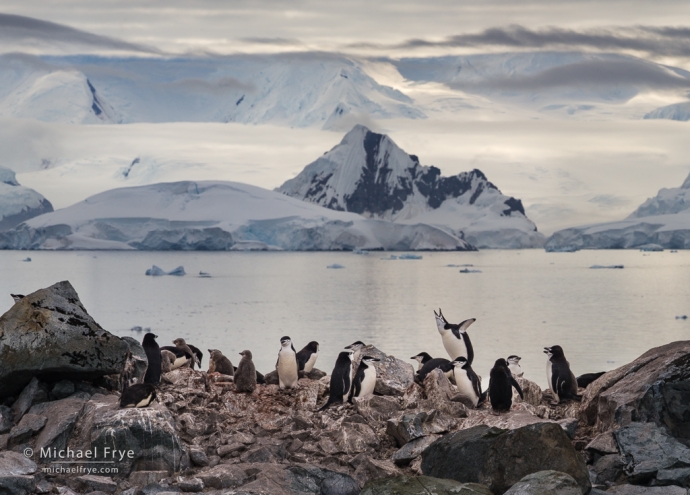
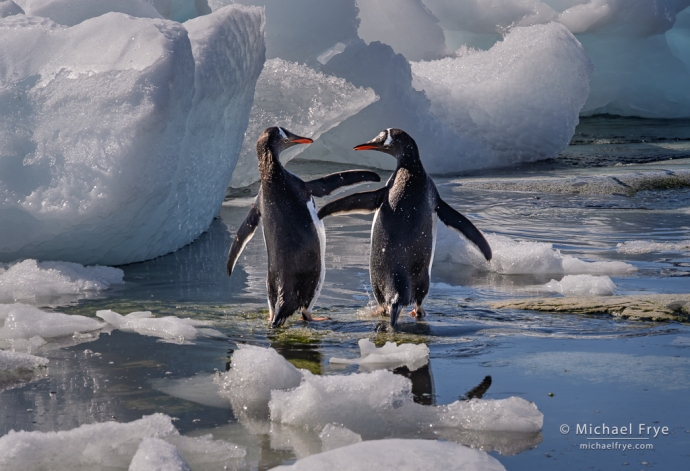
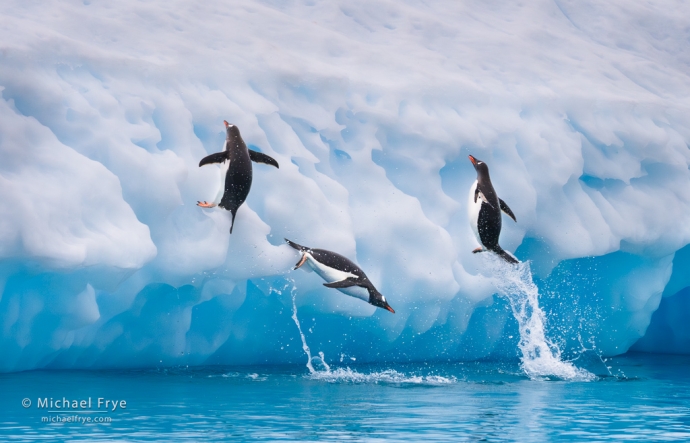
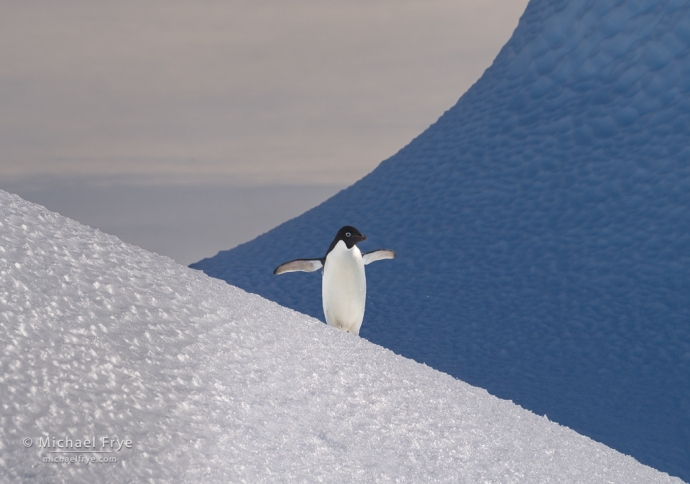
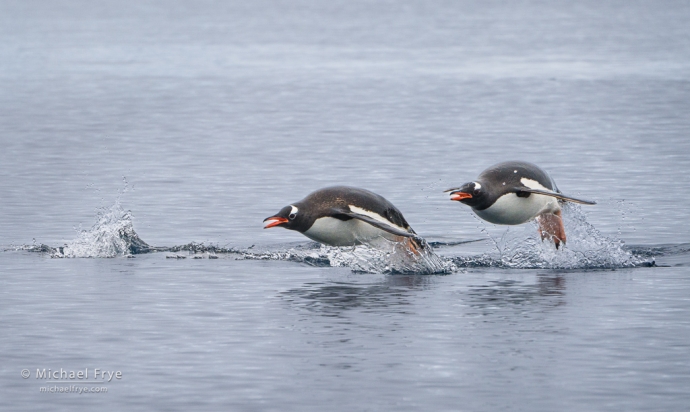
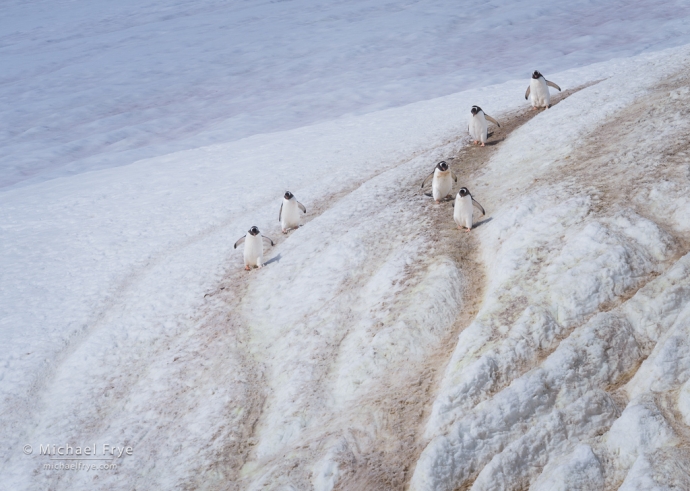
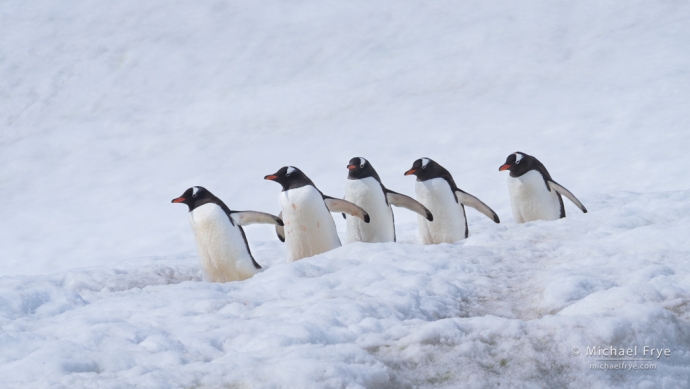
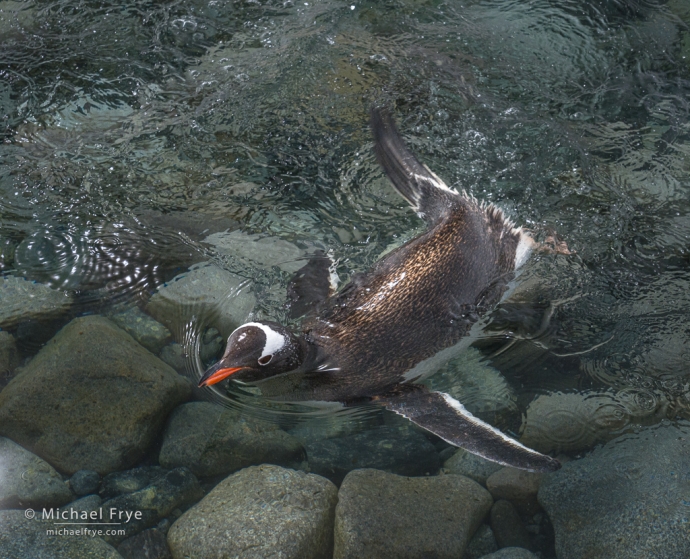
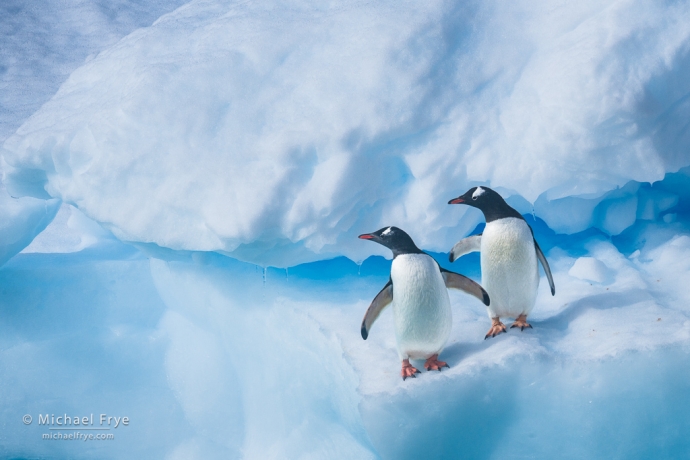
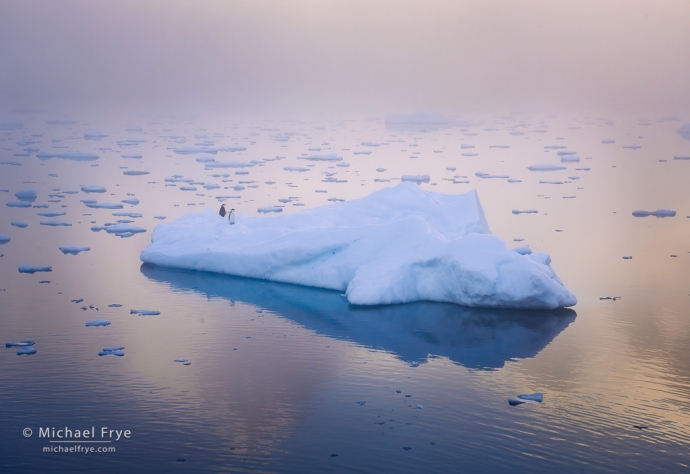
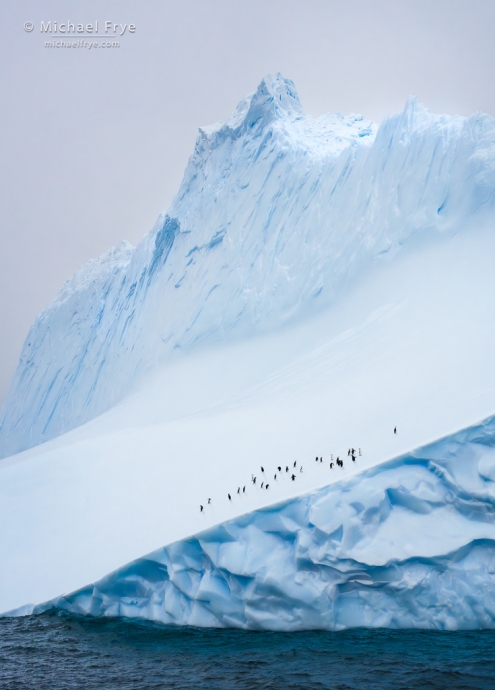
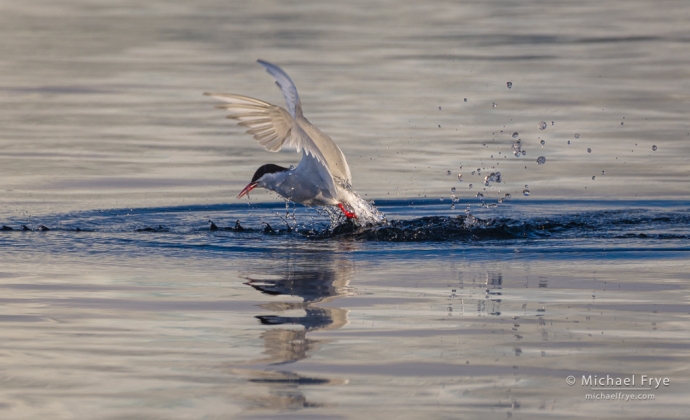
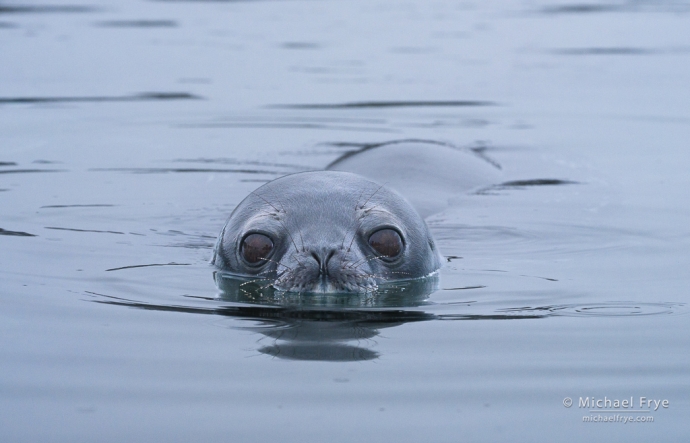
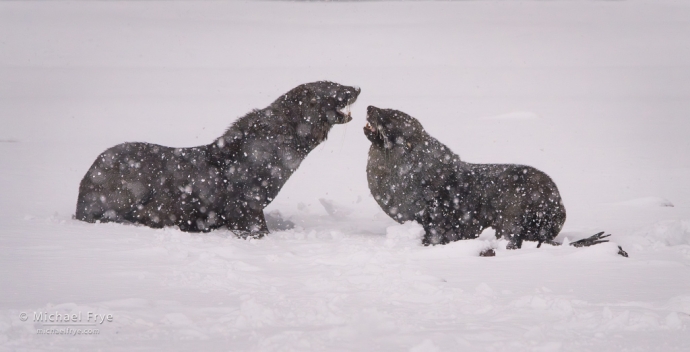
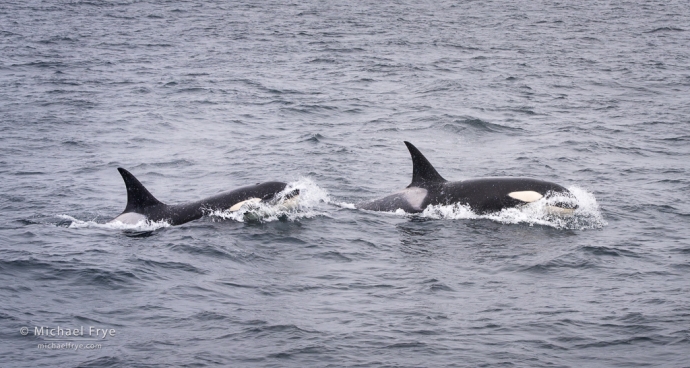
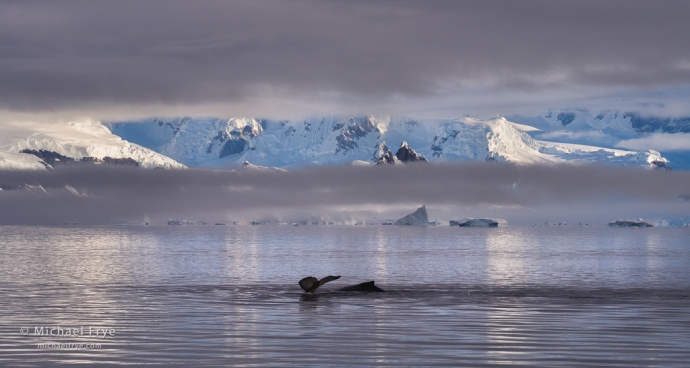
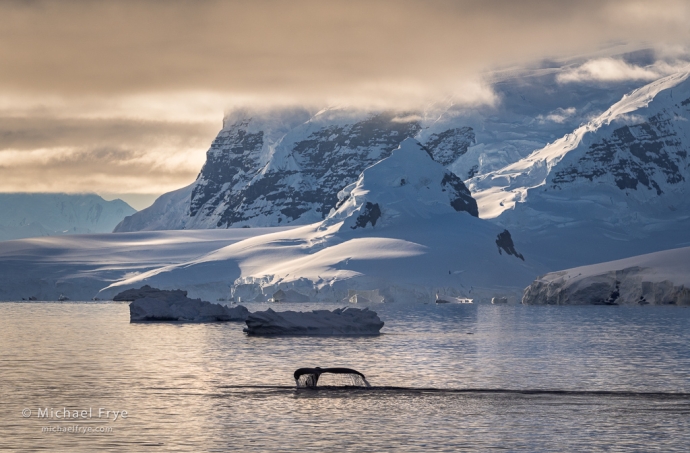
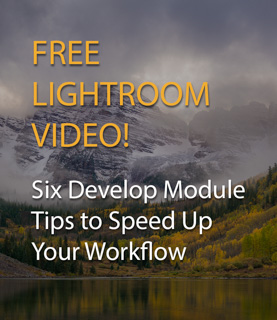





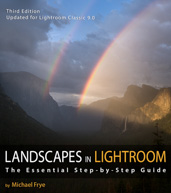
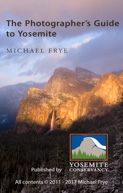
So wonderful. I miss that place!
I miss it too! Thanks DJ.
Beautiful shots. Truly … you exceeded the challenge.
Thanks so much April!
Oh my gosh! This is incredible! Thank you so much for sharing your amazing journey with us. I always enjoy reading about the adventures and all of the incredibly beautiful photography. Thank you to Claudia for this beautiful video.
Thanks very much Susan! Glad you enjoyed this post.
Absolutely fabulous! And the video is fantastic – these days I need something to make me smile, and this certainly did. Thank you Michael and Claudia!
Thanks so much Lisa, and I’m glad you enjoyed the video!
Hello Michael, I love the video and the sequences in it. What a wonderful world it is. I Iove the colour rendition in the video, just wondering what camera did you use to shoot the video on? The pictures are excellent. Best wishes,
Robert
Thanks Robert – glad you enjoyed the video. It was all captured with an iPhone 15 or 16. Claudia shot most of the video footage; my contribution was the two clips showing the gentoo penguin sliding down the rock, then climbing back up and attempting to add rocks to the nest. iPhones are amazing for video.
I’m so grateful that you shared the video and the photo’s with us! Love it!
Thanks so much Jeannine!
Fascinating! Beautiful Video and pictures, as always. Congrats to you and Claudia. What an experience!
Thank you Emery – glad you enjoyed these!
Great photos and video from your Antarctica trip. It is truly an amazing land filled with wondrous sights. Mimi and I enjoyed our time there and seeing your photos helped to bring back those great memories. Thank you both for sharing.
Thanks very much Richard; I’m glad this brought back good memories for you!
Looks like this was an amazing trip. So much to see and you and Claudia captured it beautifully. I love your description of the penguins.
So, on the photographic side, what focal length lens did you need for most of these photos? Not specifics, but relative. Big gun or pea shooter?
Thanks so much Aram! Most of my Antarctic wildlife photos were made with a 100-400, but a few were wider.
Incredible trip! Great video and images.
Thanks very much John! It was great sharing this experience with you, and I’m glad you made so many beautiful images!
Fantastic video and photos!
Thank you Rhoda!
These photos are so incredible. My wife loves Penguins and this has made her day. I’m grateful to you for sharing once again beautiful photographs of your journeys. Claudia has really captured the character and personality of these wonderful Penguins so kudos to her as well.
Thanks so much Hank! Your wife is not alone. Who doesn’t love penguins? 🙂
Thank you for the wonerful video. Claudia you did a good job. It was like being there (in the cold).
Thank you for sharing the richness of your vision! You both have succeeded in communicating the austere beauty of the Antarctic and the feeling of being in such a remote part of the world. We loved the wildlife images and videos.
Wow! Beautiful and very special images and video. Thank you for sharing your amazing experience with us.
Micheal, a simple, amazing experience watching this life on the ice video. Well done, and thanks for sharing. Lou
Wow! Just incredible footage! Pictures were equally great but that video was really something else! Thanks so much!
Wonderful images!
Thanks Bill!